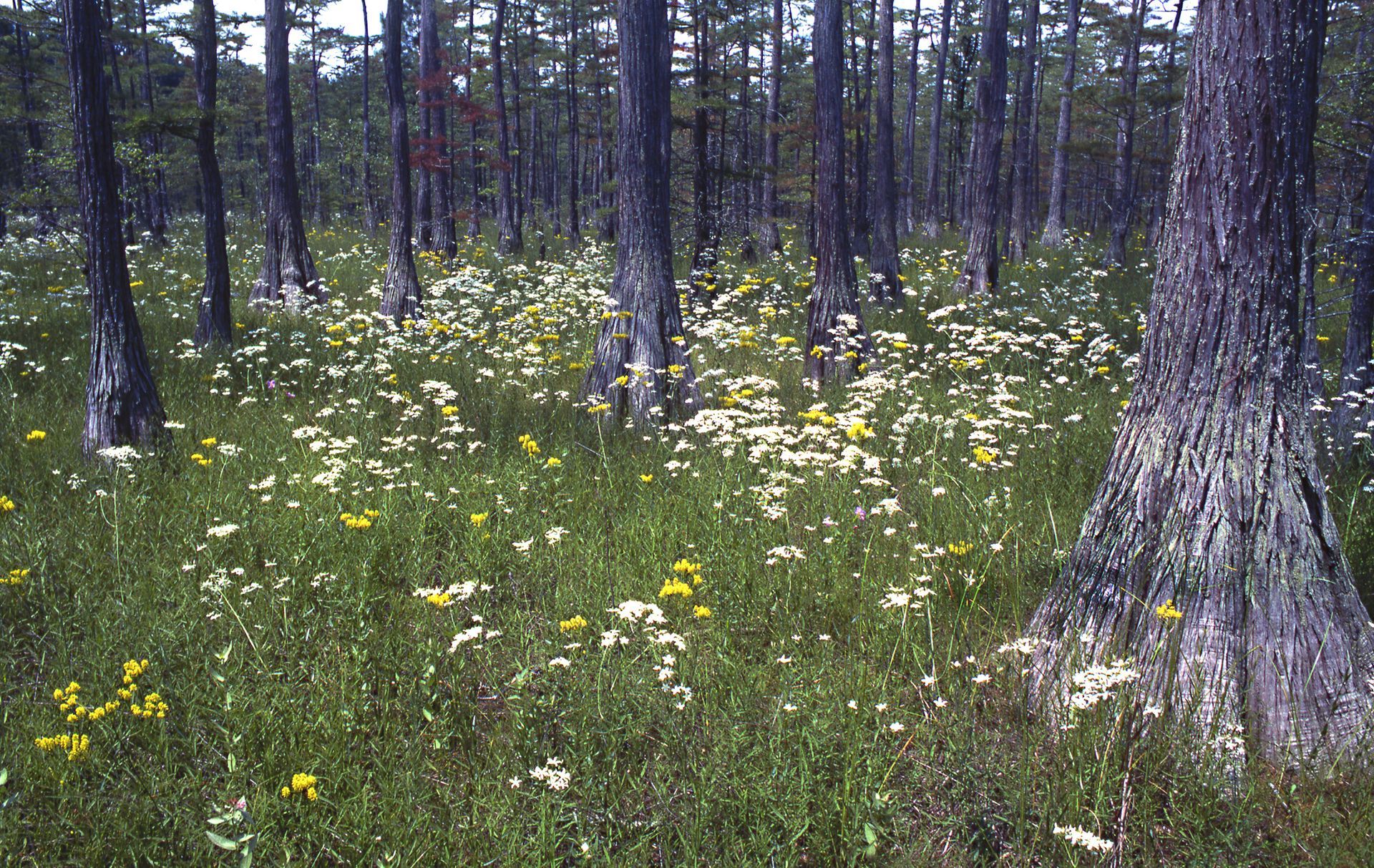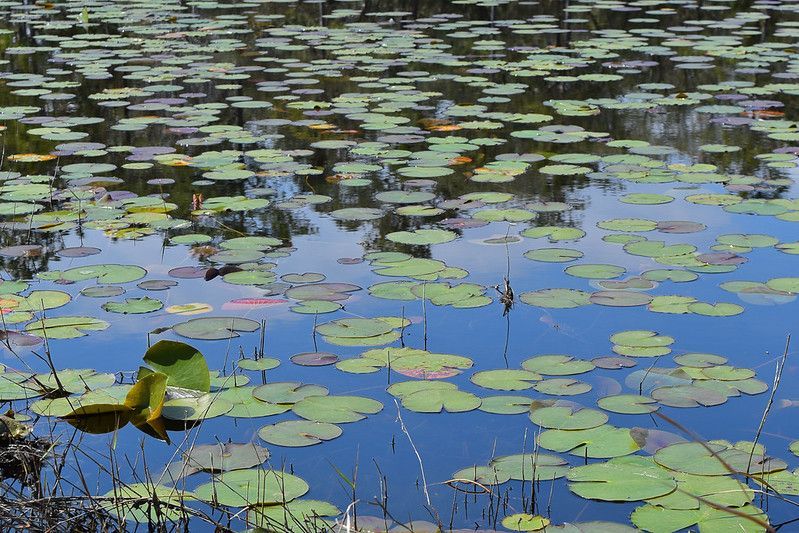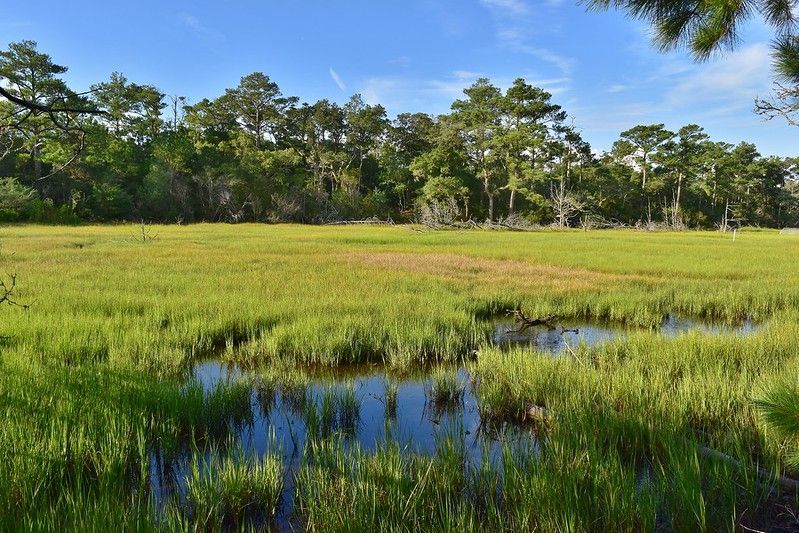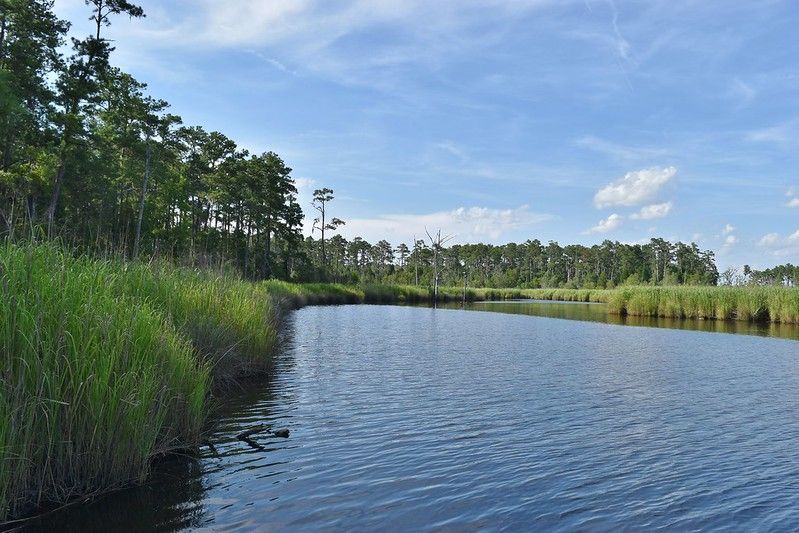North Carolina's Unique Wetlands
What are Unique Wetlands in North Carolina?
In North Carolina, all surface waters are assigned a primary classification by the NC Division of Water Resources (DWR). Supplemental classifications are sometimes added by DWR to provide additional protection to waters with special uses or values, including wetlands. The Unique Wetland (UWL) supplemental classification is a special designation for wetlands of exceptional state or national ecological significance which require special protection to maintain existing uses. UWLs may include wetlands that have been documented as habitat essential for the conservation of state or federally listed threatened or endangered species.
The added UWL protections include:
- Impacts to UWLs will only be permitted for projects that meet a demonstrated public need.
- Any fill of UWLs requires written approval from the NC DWR
- Mitigation for the loss of existing use will be required regardless of the area of the impact requested.
Where are the North Carolina Unique Wetlands?
The UWL classification started with an EPA-funded project to identify North Carolina UWLs and develop technical and policy guidelines. On November 1, 2007, 33 wetlands were reclassified to UWLs under 15 NCAC 02B .0101. On September 1, 2020, through the efforts of the University of North Carolina at Asheville, Mountain True, Defenders of Wildlife, the Southern Environmental Law Center, and several private property owners, the 10-acre
Sandy Bottom Natural Area Wetland, in Buncombe County, North Carolina, was reclassified to UWL.
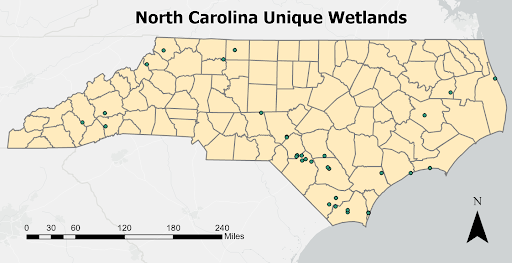
How are Unique Wetlands Identified?
A two-tiered classification system is in place to identify Unique Wetlands. Sites that meet any Tier I criteria can be considered for reclassification. Sites that fail to meet Tier I criteria must meet two or more Tier II criteria to be considered for reclassification.
Note: Only jurisdictional wetlands are eligible for this classification.
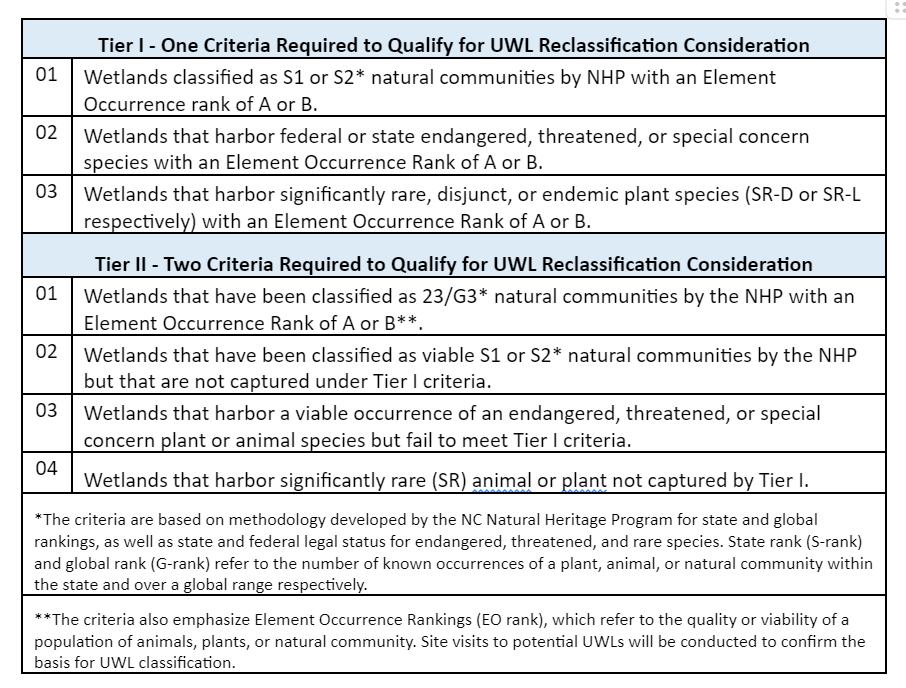
What is the process to reclassify a wetland to Unique Wetland?
The reclassification of a waterbody in North Carolina is generally a two-year process that is administered by the DWR’s Classification and Standards Program. The following steps outline the process for wetland to be reclassified as a Unique Wetland.
- Submit Application to Request Reclassification of NC Surface Water to Classifications and Standards Branch
- DWR presents the proposal for wetland reclassification to UWL to the Water Quality Committee of the Environmental Management Commission for approval.
- If approved the state will do a Regulatory Impact Analysis (Fiscal Analysis).
- DWR presents the Request for Reclassification and the Regulatory Impact Analysis to the full EMC for approval.
- A public hearing is held in the community where the UWL is located. It is very important to have local stakeholder support for reclassification.
- A public notice is issued for a 60-day comment period (this step can overlap with step 5).
- DWR prepares a Hearing Office Report for the EMC. The EMC decides to deny or adopt the reclassification.
- If adopted the reclassified UWL goes to the Rules Review Commission which puts out a notice for comment for 24 hours.
- Then to Legislature for Rule Writing
- Final EPA approval or denial.
